In the world of baking, few ingredients hold as much sway as butter. Its temperature and consistency can make or break a recipe, especially when it comes to cookies. The butter softening process is often overlooked by home bakers, yet it remains one of the most critical factors in achieving the perfect cookie texture. This is where the finger press test comes into play—a simple yet remarkably effective technique used by professional bakers worldwide.
Butter at different temperatures behaves in distinct ways when incorporated into cookie dough. Too cold, and it won’t cream properly with sugar, leading to dense, uneven cookies. Too soft, and the dough spreads excessively in the oven, resulting in flat, greasy discs rather than the desired chewy or crisp texture. The finger press test eliminates guesswork by providing a tangible way to assess butter’s readiness before mixing begins.
The method itself is deceptively straightforward. Remove your butter from the refrigerator and let it sit at room temperature. After some time, press your finger into the stick or block of butter. The ideal softened butter should yield to pressure with slight resistance, leaving a clear indentation without sinking or sliding. The surface should feel cool but not cold, and the butter should hold its shape when lifted—neither crumbling nor smearing. This sweet spot indicates that the butter’s crystalline structure has relaxed just enough for optimal aeration during creaming.
What makes this technique particularly valuable is its adaptability across environments. Butter softens differently in a humid kitchen versus a dry one, in summer versus winter. The finger test accounts for these variables where timed methods fail. Professional bakers often combine this with the thumb-rub technique—rubbing a small amount of butter between thumb and forefinger to check for graininess. Properly softened butter will feel smooth with no hard bits, signaling even distribution of fat molecules.
The science behind butter’s behavior lies in its fat composition. Butter contains about 80% fat, 15% water, and 5% milk solids. At refrigerator temperatures, the fat exists in stable β’ crystals that resist incorporation of air. As butter warms, these crystals transition to less stable forms that can trap air pockets during creaming. The finger press test essentially gauges this physical transition. When performed correctly, it ensures maximum air entrapment—a key factor in cookie rise and texture development.
Interestingly, the test’s effectiveness varies slightly between European-style butters (higher fat content) and American butters. European butters often require a firmer press to achieve the same indentation due to their reduced water content. This nuance highlights why visual cues alone aren’t sufficient—the tactile feedback from the finger test provides necessary precision. Many pastry chefs recommend testing butter near the wrapper’s center rather than the edges, which soften faster and can give false readings.
Beyond cookies, this method proves invaluable for other baked goods. Pie crusts require cold butter for flakiness, while cakes need properly softened butter for even crumb structure. The universal application of the finger press test makes it one of the most transferable skills a baker can master. Some professionals take it further by using the wrinkle test—placing a small butter piece on the back of their hand to assess melting point relative to skin temperature.
Common mistakes include microwaving butter to accelerate softening (which often melts portions unevenly) or leaving butter out overnight (risking rancidity). The finger test prevents these pitfalls by encouraging gradual, controlled softening. In commercial kitchens where consistency is paramount, many bakers log ambient temperature and butter softening times to create personalized benchmarks. This data-driven approach, combined with the tactile test, yields remarkably consistent results batch after batch.
As artisan baking gains popularity, understanding these fundamental techniques becomes increasingly valuable. The finger press test embodies the marriage of science and touch that defines professional baking—a reminder that sometimes the simplest methods yield the most sophisticated results. Whether you’re baking chewy chocolate chip cookies or delicate shortbread, mastering butter temperature through this test will elevate your creations from good to exceptional.

By /Jul 31, 2025

By /Jul 31, 2025

By /Jul 31, 2025

By /Jul 31, 2025
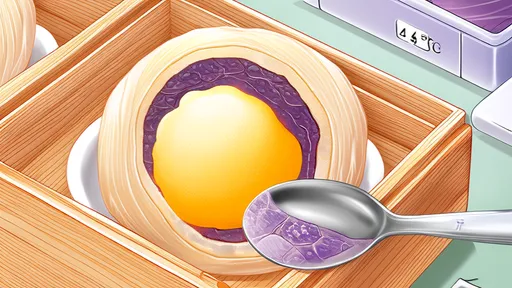
By /Jul 31, 2025

By /Jul 31, 2025

By /Jul 31, 2025

By /Jul 31, 2025

By /Jul 31, 2025

By /Jul 31, 2025
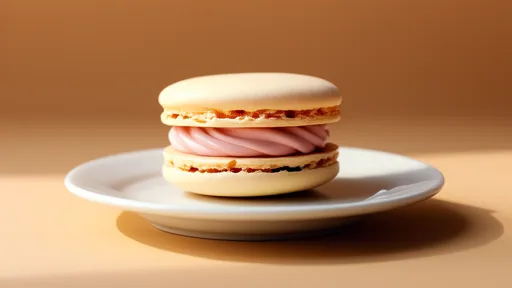
By /Jul 31, 2025
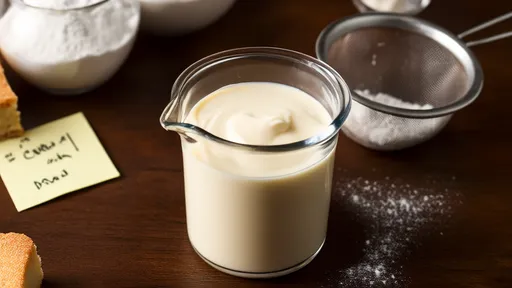
By /Jul 31, 2025
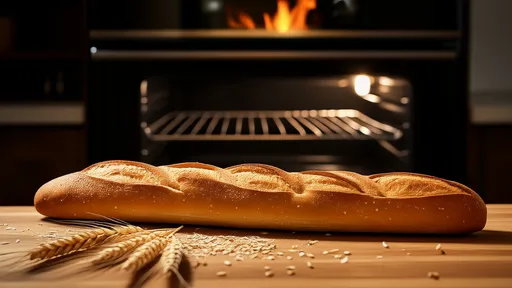
By /Jul 31, 2025

By /Jul 31, 2025

By /Jul 31, 2025
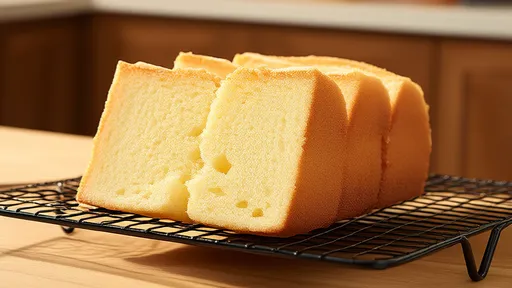
By /Jul 31, 2025

By /Jul 31, 2025
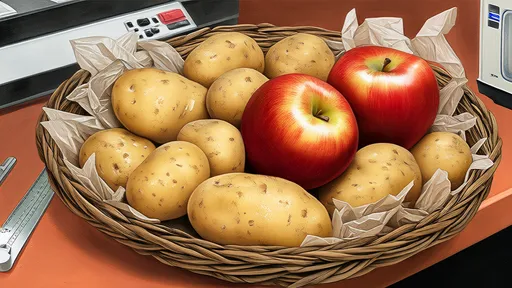
By /Jul 31, 2025
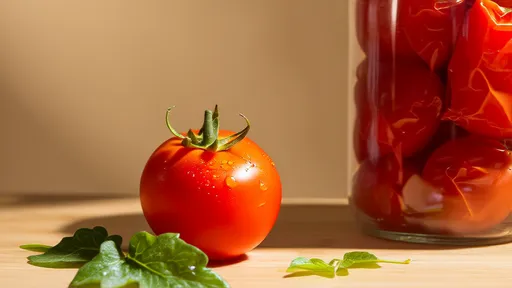
By /Jul 31, 2025
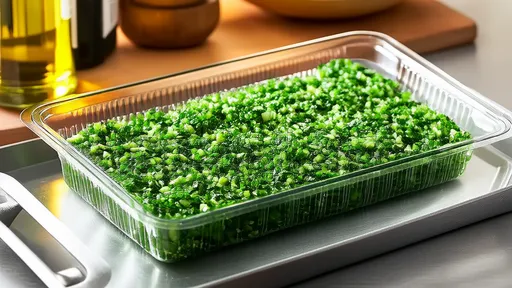
By /Jul 31, 2025